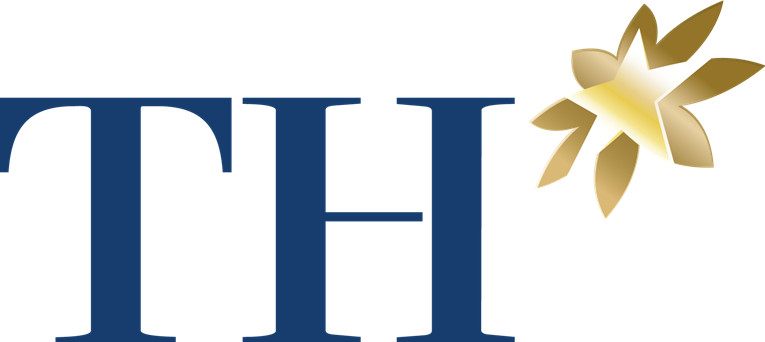What can Vietnamese seafood learn from Norwegian salmon?
Within the framework of the conference "Developing the link chain, improving Vietnamese seafood" organized by the Ministry of Agriculture and Rural Development in collaboration with Tuoi Tre newspaper, representative of the Norwegian Fisheries Council, Mr. Asbjorn Warvik Rortveit, The Southeast Asia regional director said that improving the value chain in the seafood industry can bring many benefits, including increased profits, better market access, improved brand reputation, and sustainability. And innovation. These benefits can help ensure the long-term success of the industry and contribute to making Vietnam a global leader in seafood production and export.
Mr. Asbjorn Warvik Rortveit shared Norway's experience as a world leader in developing a sustainable, innovative and responsible seafood industry. With similarities in solid foundations for developing the seafood industry and always being among the world's leading seafood exporters, Vietnam and Norway see opportunities to exchange experiences and develop together in the world. World fisheries map.
Mr. Asbjorn Warvik Rortveit said that the Norwegian seafood industry pays great attention to sustainability, quality and food safety throughout the entire value chain. Norway has developed a strong regulatory framework to ensure that seafood is sustainably harvested, safely processed and transported to the highest standards. The industry also invests heavily in research and development to improve production processes, product quality and added value to products.

2022 is the best year ever for Norwegian seafood exports. Norway exported 2.9 million tons of seafood with a value of about 14.5 billion USD. The value of seafood exports has increased by 2.9 billion USD, equivalent to 25% compared to the record year of 2021. What is special is that although the value of seafood exports increased significantly, overall volume remained the same. change. The fact that exports are still growing well shows that the Norwegian seafood industry has good adaptability in the value chain. In export value, salmon accounts for a large amount with an export price of 10 USD/kg. According to the survey, the selling price of this item in the Vietnamese market is 30 USD/kg. Norway has always set a ceiling for general seafood production and fishing. It cannot increase output arbitrarily but can increase value by building a value chain, said Mr. Asbjorn Warvik Rortveit.
Taking success from raising and distributing Norwegian salmon, Mr. Nguyen Hoang Anh - Chairman of Nam Mien Trung Seafood Investment Company said that it is a lesson for the Vietnamese seafood industry. "That is, they have standards, product criteria, and product quality, so they confidently bring their products to the world," Mr. Nguyen Hoanh Anh pointed out. Meanwhile, Vietnam's shrimp industry for many years has only been struggling at the figure of 3-4 billion USD. According to Mr. Nguyen Hoang Anh, if you want to improve your brand, you must stabilize quality and quantity. Each unit in the chain must have criteria and the criteria must be published.
To increase the value of Vietnamese shrimp on the world table, Mr. Vu Duc Tri, Deputy General Director of Viet Uc Group, said that it is necessary to develop a sustainable high-tech Vietnamese shrimp industry with a closed value chain. private. Vietnam's shrimp industry needs to aim for sustainability for users and enhance the brand value of Vietnamese shrimp through ensuring food safety and hygiene from farming to processing. When meeting the most stringent export standards of demanding markets, it will contribute to elevating the Vietnamese brand, Mr. Vu Duc Tri said.
Mr. Tran Cong Khoi, Deputy Director of the Aquaculture Department (Directorate of Fisheries) also assessed that Vietnam's fisheries industry is developing relatively well but has a weak point of connection. Besides, wherever other economic sectors go, the fisheries industry will shrink, especially the tourism industry.
Minh Toan


